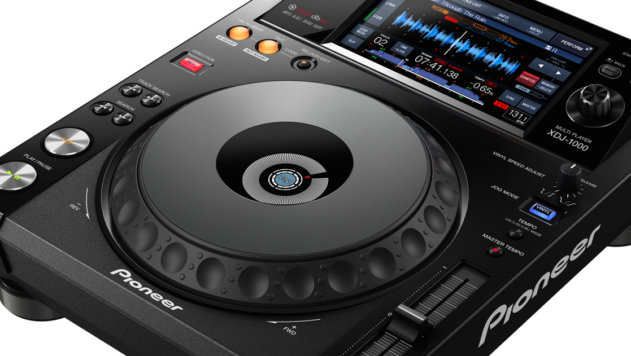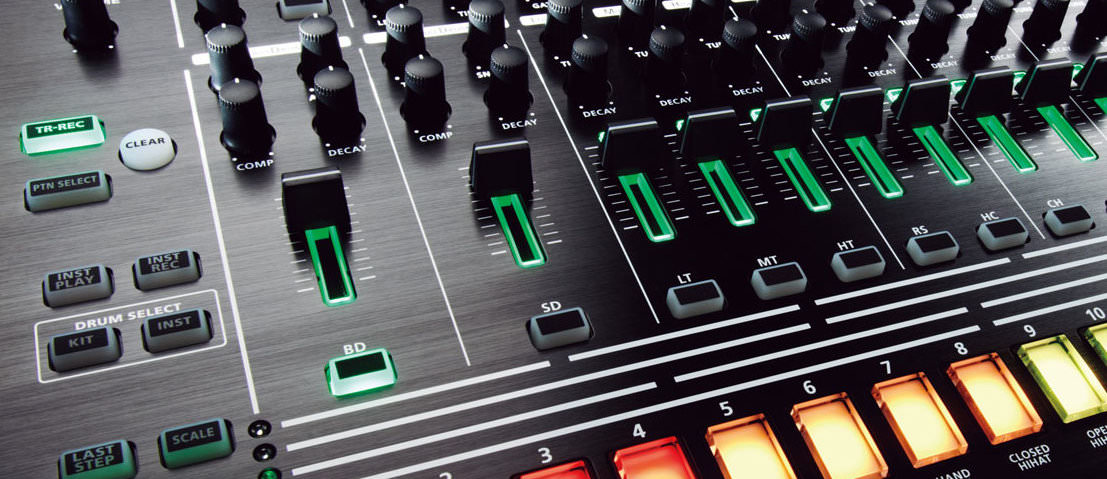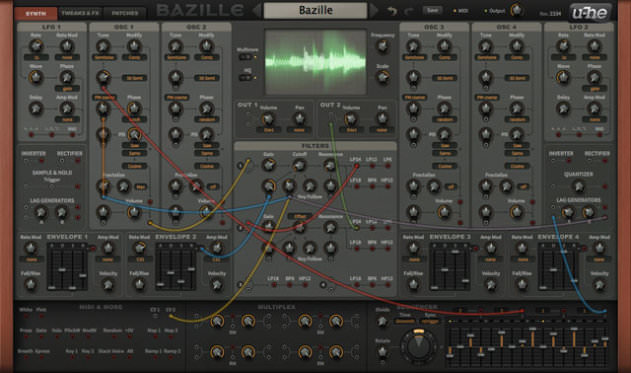Software
There are times when keeping abreast of developments in the music industry can make you feel like Phil Connors, Bill Murray’s character in Groundhog Day. If you’ve been following our weekly news round-ups through the year, you’ll be all too familiar with at least one seemingly never-ending story: new streaming service released; streaming service attempts to renegotiate licensing deal; artists bemoan low income from streaming; repeat ad nauseam.
Music tech is no different. It’s rare that a week goes by without us receiving news of yet another new virtual analogue soft synth, all but indistinguishable from hundreds of others already on the market. The truth is that the vast majority of new music software releases in 2014 did little more than rehash old ground. It’s only to be expected that each software developer wants to stake its own claim to a chunk of the lucrative market, but to the end user there’s often very little benefit.
Nevertheless, a few releases have proved that you don’t need to reinvent the wheel to create something that genuinely improves on existing offerings. OK, we’re still seeing far too many uninspired Minimoog rehashes, but emulations and basic effects still have a lot to offer when done well. A few of the notable highlights of the last year’s releases include U-he’s excellent Presswerk dynamics processor, D16’s Sigmund delay, new UAD-based emulations from Universal Audio and the outrageously simple Basic synth from Audio Damage, which might not excite more experienced producers but at just $39 surely offers one of the most cost-effective options for beginners. We were also hugely impressed with the creative potential of Native Instruments’ Rounds, released alongside Komplete 10 and showing that there’s a lot more to NI than Massive and FM8.
At the opposite end of the spectrum entirely, U-he’s Bazille takes the ‘more is more’ approach, cramming as many features as possible into one ultimate modular soft synth. U-he have had a seriously impressive 18 months when you also take into account the release of the excellent Satin tape emulation plugin back in late 2013. Bazille is as good a statement of intent as you’ll find from any software company, summing up Urs Heckman’s dedication to producing software of the highest possible quality. Virtual instruments and software effects can still be exciting and original; it’s just a shame you have to dig through so many dull offerings to find the gold.
software can still be exciting and original; it's just a shame you have to dig through so many dull offerings to find the gold.
DJ gear
The most surprising development in DJ technology was surely Pioneer’s unexpected move into the realm of vinyl with the release of the PLX-1000 turntable. You’d be hard pressed to argue that the product itself – an SL-1200 clone similar to countless ‘super OEM’ turntables – was particularly innovative, even if it did fill the gap in the market for a solid, no-nonsense replacement for the discontinued Technics.
For real innovation, you needed to look at digital DJ technology, with Pioneer and Native Instruments leading the way. Two moves in particular stood out as representative of shifts in the demands DJs make of their equipment.
Firstly, Pioneer’s recently released XDJ-1000 marks a watershed moment in the history of the company’s industry standard CDJ range. On paper, it’s got a lot in common with the CDJ-2000 Nexus (although it’s probably closer to a CDJ-850 in terms of its position in the overall range), but the obvious difference is the omission of a CD transport, reflecting the declining popularity of optical media.

XDJ-1000: the beginning of the end for CDs?
Native Instruments refreshed the Traktor controller range with the introduction of the Kontrol S8. Like the XDJ, the most striking feature of the new flagship controller was in fact an omission: unlike the S4 and S2, the S8 abandons the CDJ-style jog wheels in favour of pads and touch-sensitive ribbons. The emphasis is clearly on redefining not only the way DJs interact with the physical controller, but also the focus of the DJ set. Traktor is particularly strong for live manipulation of loops and on-the-fly manipulation of remix decks, which is reflected in the S8’s interface, littered with knobs and pads.
It’s probably too early to draw any firm conclusions about where Pioneer and Native Instruments might head with future product development, but the PLX-1000, XDJ-1000 and Kontrol S8 hint at the possible shape of things to come: a diversified DJ gear market in which we come to terms with the incongruity of CD-less CDJs, in which software controllers abandon the paradigms of traditional DJ performance, and in which turntables keep on keeping on in much the same way as they have for the last 40 years, free of the bells and whistles of modern tech.


05.10 PM
Nice overview – I think there may be a couple words missing in the third paragraph though: “…and the TB-3 was an interesting (even if the purists will probably still be more satisfied with the Cyclone Analogic TT-303).”
05.12 PM
Thanks Dan. Fixed!
05.21 AM
Great work.